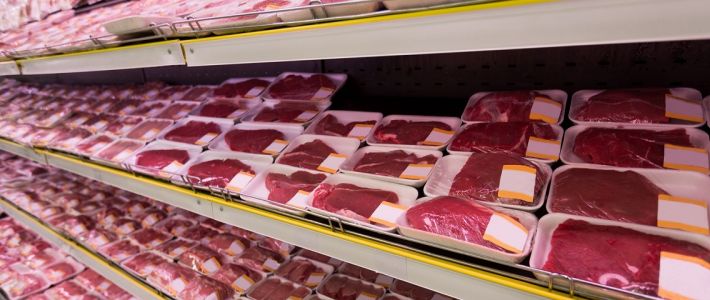
Visit our other sites
-
Fapas - Proficiency Testing
Globally recognised provider of proficiency tests, running over 400 tests annually across an extensive range of matrices and analytes
-
Great Crested Newts Testing
A single sample taken by an ecologist at any time during the newt breeding season can determine their presence or absence, saving you time and money
Additional charge of £15 will be added per analyte after initial 4 selection.

Accreditation
ISO 17025
Standard Turnaround Time
5 working days
Some heavy metals such as arsenic, lead, cadmium and mercury, occur naturally in certain foods, because they are environmental pollutants in air, water and soil and enter the food supply when plants take them up as they grow and therefore are heavily regulated. Regulatory bodies around the world have set maximum limits for arsenic, lead, cadmium and mercury in different food groups such as meat, fish, seafood, cereals, vegetables, fruits and products containing fats and oils, milk, baby food and infant formulae as well as feed, soil and clinical samples. We are the National Reference Laboratory for Heavy Metals.
Heavy Metals and Nitrogen Compounds in Food and Feed NRL
The Contaminants in Food (England) Regulations 2013 make enforcement measures provision for European Commission Regulation (EC) No 1881/2006, setting maximum levels for certain contaminants in foodstuffs and Regulation (EC) No 333/2007 prescribes the methods to be used for sampling and analysis for enforcement purposes. For more information please follow the link below:
Dietary exposure to certain trace elements can result in toxic effects, even when present at relatively low concentrations,. There are also elements known for their beneficial properties which can be harmful if consumed in excess quantities with symptoms that can include liver function complications, thyroid issues and many more. Their appearance within foodstuffs may occur due to their presence in the environment, the result of poor production practices, or poor quality control procedures.
Fera’s innovative analysis techniques can provide the data required to scrutinise your production methods, resulting in improved quality products offered to customers. This can have a significant positive economic impact on your business.Fera’s food testing experts are able to provide data to verify labelling claims and confirm safety, through our accurate quantitative element testing capabilities.
Reporting
Reports will be provided for all analyses undertaken and include details of the sample identity, date of receipt, and analysis details. An outline of the method of analysis is provided together with analysis results.
Full Elemental Screen
If you require a screen of 20+ elements please contact us for a discounted price.
Please contact us to discuss volume discounts.
Available Elements:
Quantitative: Ag - silver, Al - aluminium, As - arsenic, Ba - barium, Be - beryllium, Bi - bismuth, Ca - calcium, Cd - cadmium, Ce - cerium, Co - cobalt, Cr - chromium, Cs - caesium, Cu - copper, Dy - dysprosium, Er - erbium, Eu - europium, Fe - iron, Gd - gadolinium, Hg - mercury, Ho - holmium, K - potassium, La - lanthanum, Lu - lutetium, Mg - magnesium, Mn - manganese, Mo - molybdenum, Na - sodium, Nd - neodymium, Ni - nickel, P - phosphorus, Pb - lead, Pr - praseodymium, Rb - rubidium, S - sulphur, Sb - antimony, Se - selenium, Sm - samarium, Sn - tin, Sr - strontium, Tb - terbium, Tl - thallium, Tm - thulium, U - uranium, V - vanadium, Yb - ytterbium, Zn - zinc
Semi-Quantitative: Au – gold, Ga - gallium, Ge - germanium, Hf - Hafnium, Ir - Iridium, Nb - Niobium, Os - Osmium, Pd - Palladium, Pt - Platinum, Re - Rhenium, Rh - Rhodium, Ru - Ruthenium, Sc - Scandium, Si – silicon, Ta - Tantalum, Te - Tellurium, Th - Thorium, Ti - Titanium, W - Tungsten, Y – Yttrium, Zr - zirconium
Analytes
Search for Specific Analytes
Metals Analysis - 5 Day Fast Turnaround
Add Samples
Your Current Samples
Please review your sample(s). Additional sample charges may apply where applicable.
There are no samples associated with this product at this time
Choose Your Analytes
Please select at least one analyte.





